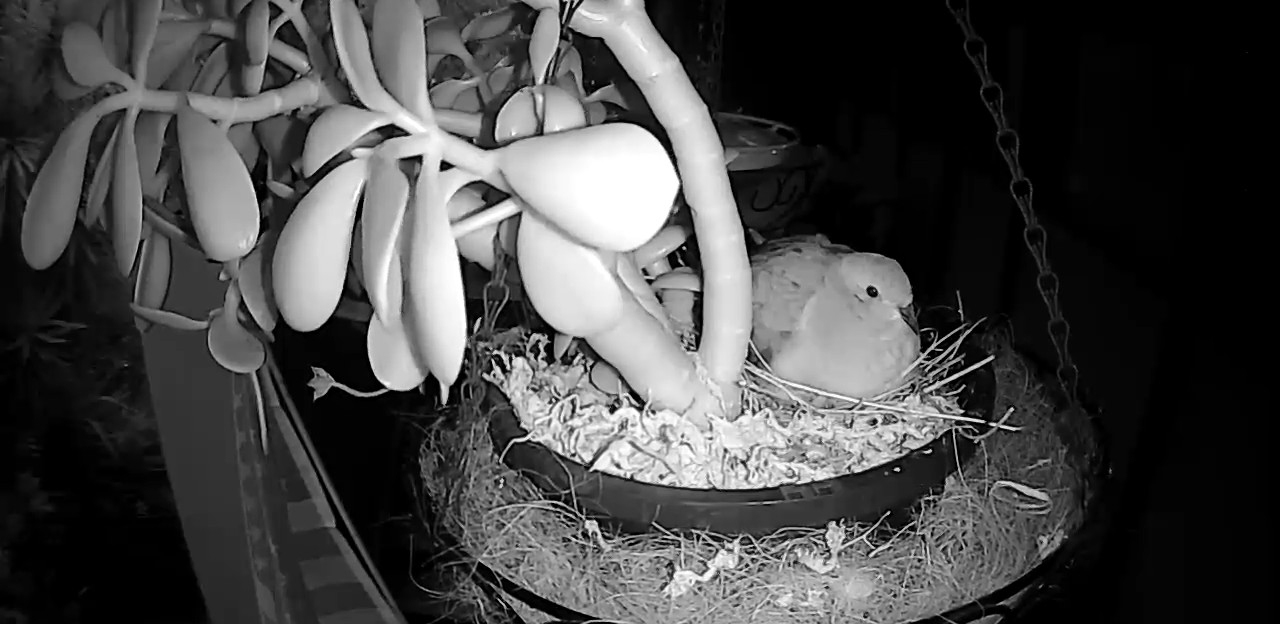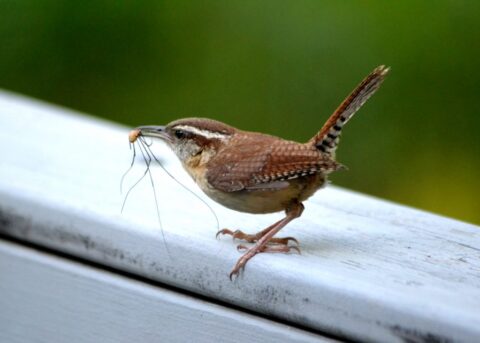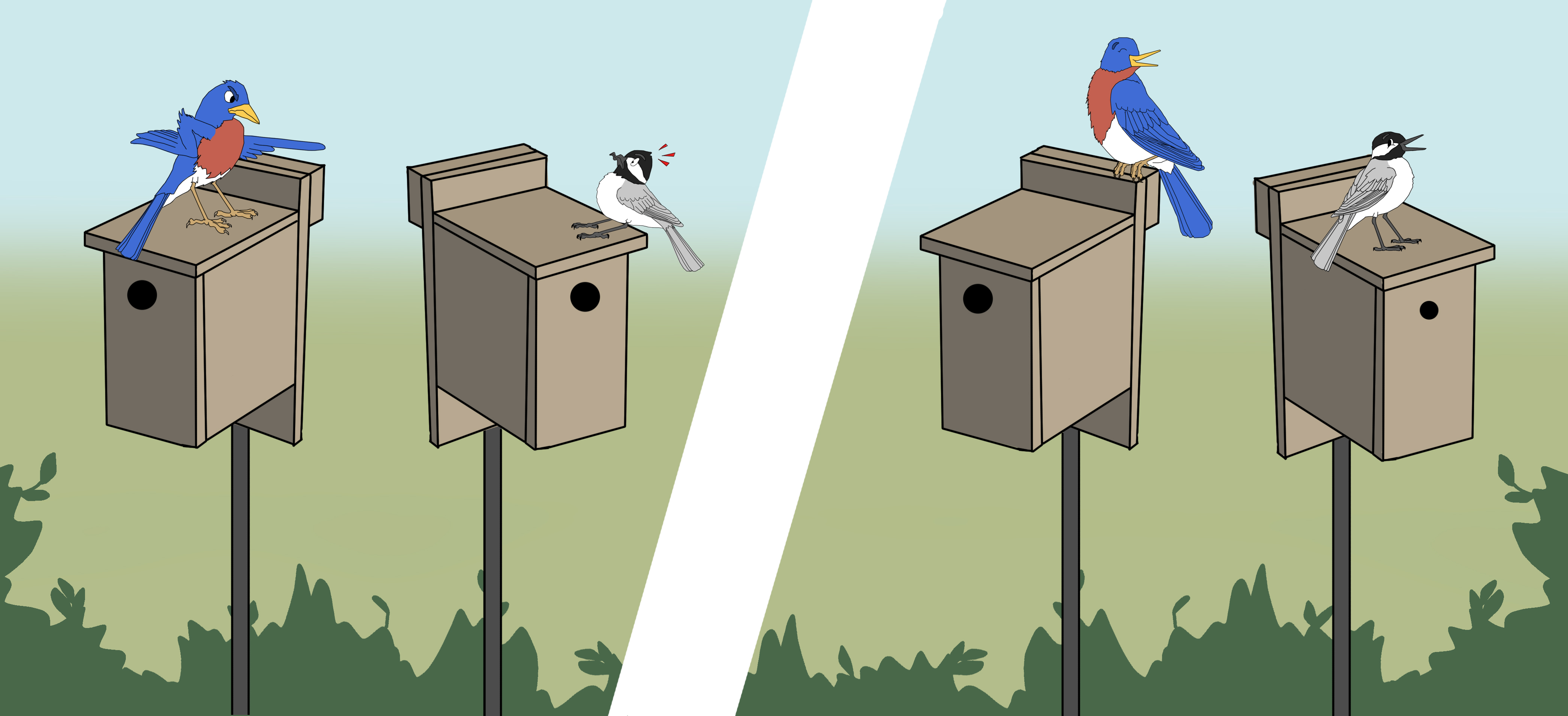NestWatch Blog Posts
Blog
 Anthropogenic Light and Noise Pollution Affects Nesting Birds
Anthropogenic Light and Noise Pollution Affects Nesting BirdsIn one of the most comprehensive studies on the effects of noise and light pollution on nesting birds published to date, researchers find a variety of detrimental impacts to reproduction. Data collected by NestWatchers across the country, combined with maps of noise and light pollution, show heterogeneous effects on nesting success, clutch size, hatching failure, and timing of nesting.
 Along Came a Spider
Along Came a SpiderSpiders can be shriek-inducing for some people; however, birds benefit from these eight-legged creatures in many ways including as a food source, using their webs for nesting material, and adding spider eggs to the nest for pest control.
 A Tale of Two Boxes: When Pairing Doesn’t Promote Peace
A Tale of Two Boxes: When Pairing Doesn’t Promote PeaceCan pairing nest boxes to reduce competition have a downside? Researchers at Davidson College say yes, and that if you’d like to help out the smaller bird species in your area, it’s all about entrance hole size.
 A Pulley System for Large Nest Boxes
A Pulley System for Large Nest BoxesFor anyone struggling with how to clean and maintain a large nest box mounted on a tall pole, consider installing a pulley system to raise and lower your nest box. Within this post is a link to a design for building a low-cost pulley system.
